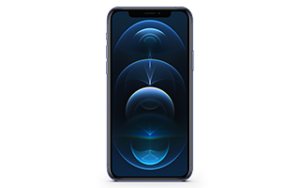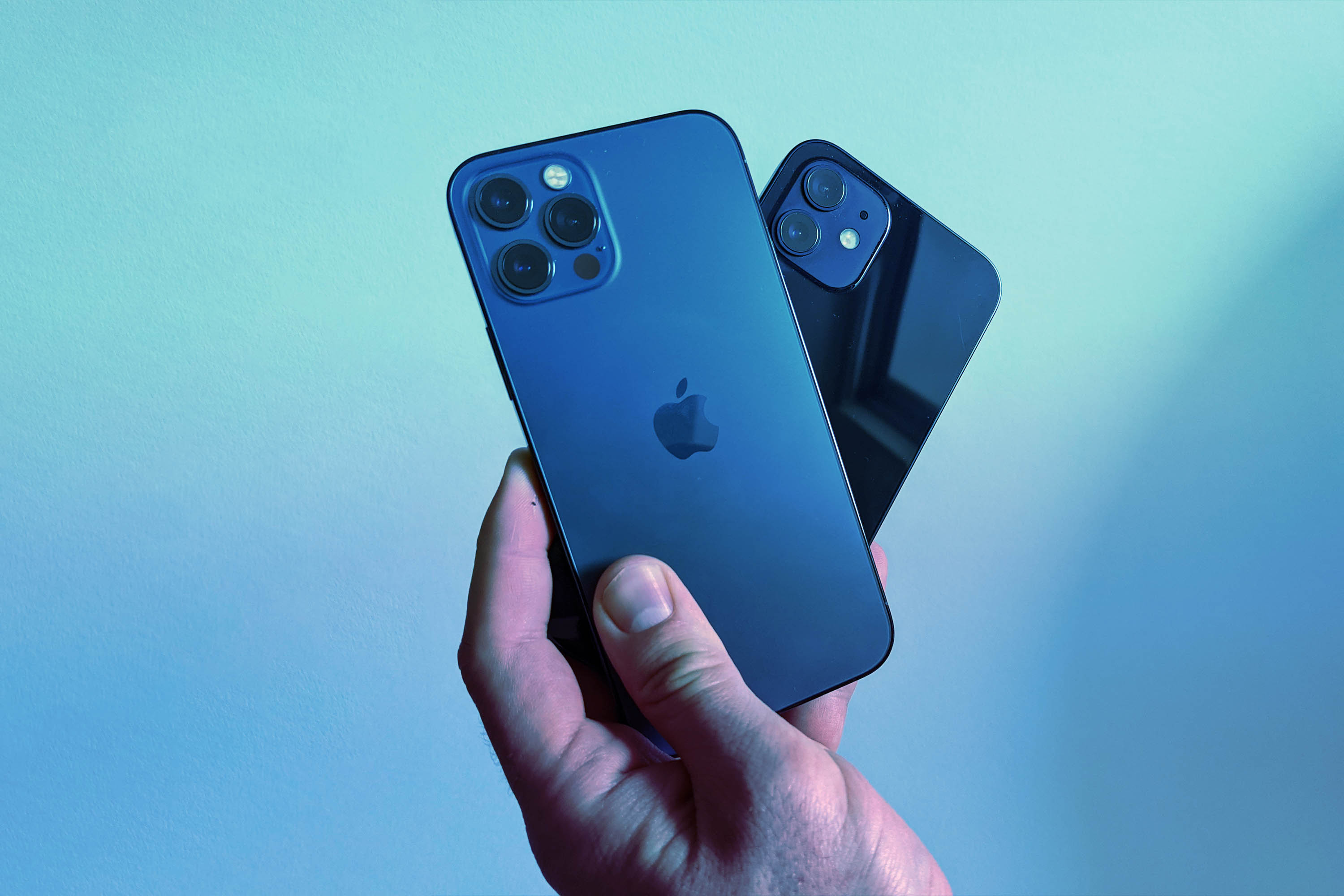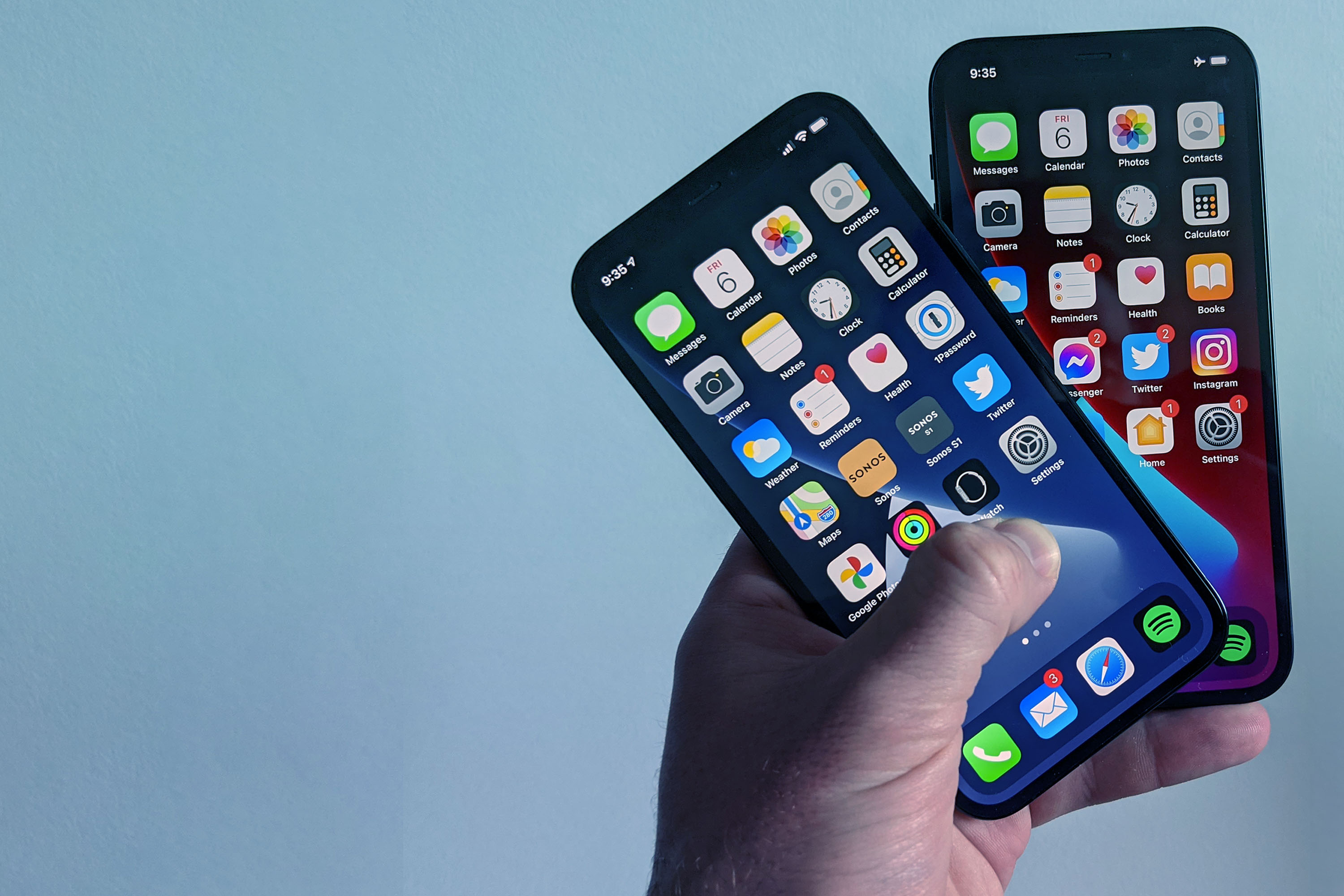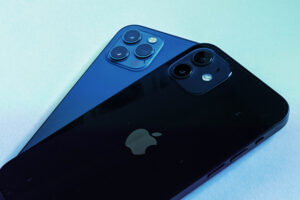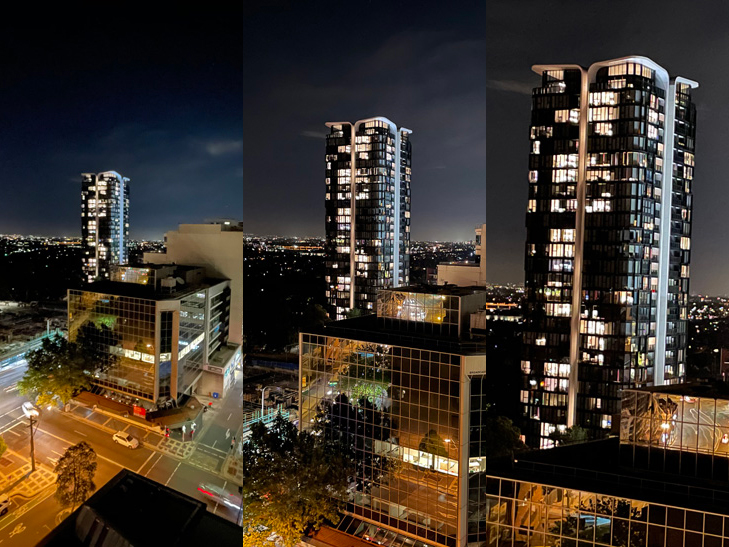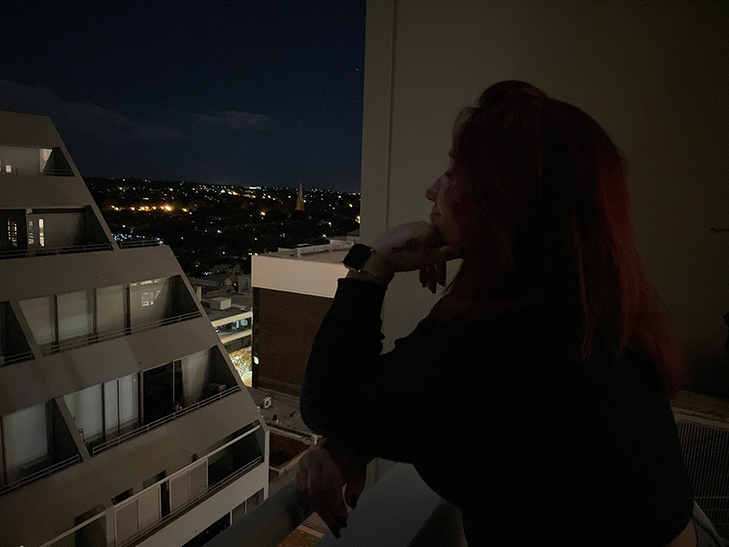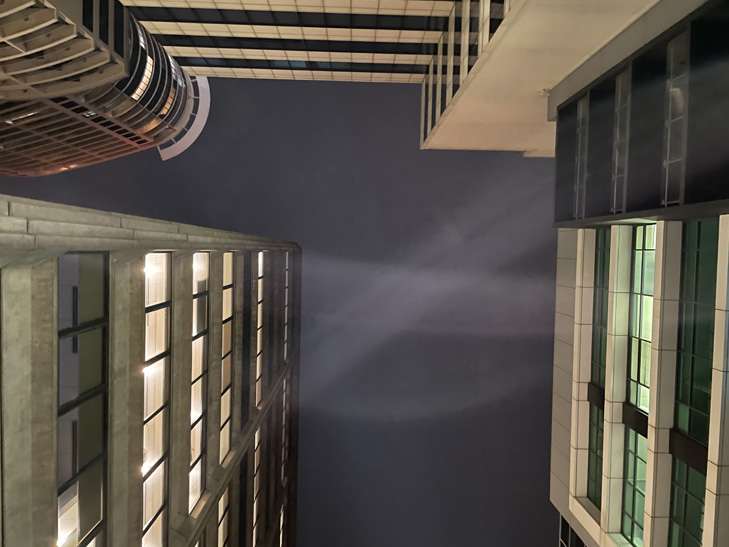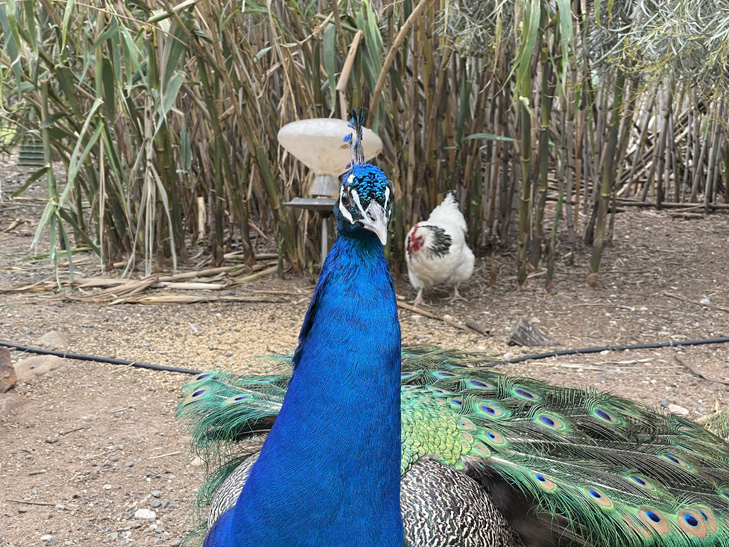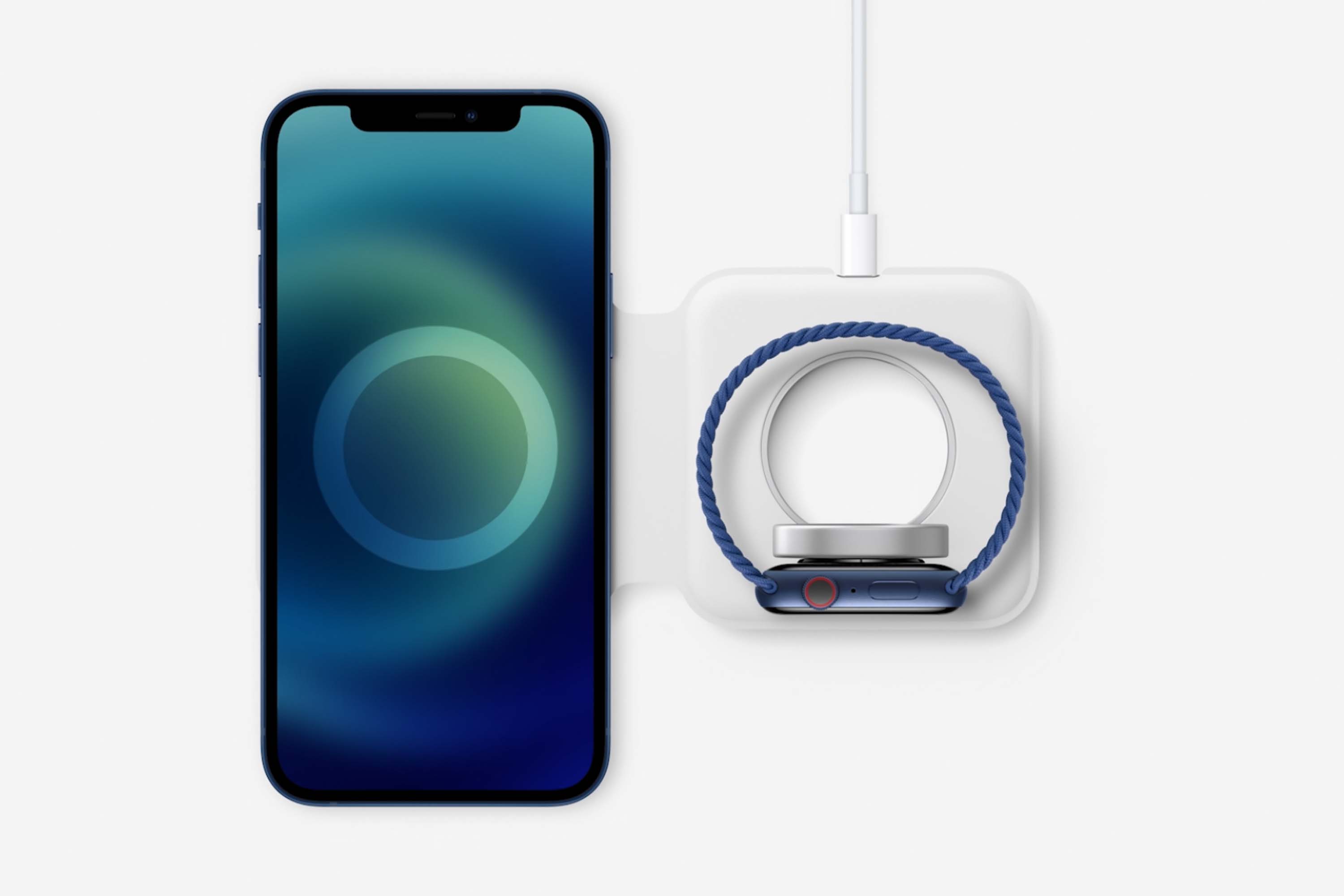Optus Mobile Review ALDI Mobile Review Amaysim Mobile Review Belong Mobile Review Circles.Life Review Vodafone Mobile Review Woolworths Mobile Review Felix Mobile Review Best iPhone Plans Best Family Mobile Plans Best Budget Smartphones Best Prepaid Plans Best SIM-Only Plans Best Plans For Kids And Teens Best Cheap Mobile Plans Telstra vs Optus Mobile Optus NBN Review Belong NBN Review Vodafone NBN Review Superloop NBN Review Aussie BB NBN Review iiNet NBN Review MyRepublic NBN Review TPG NBN Review Best NBN Satellite Plans Best NBN Alternatives Best NBN Providers Best Home Wireless Plans What is a Good NBN Speed? Test NBN Speed How to speed up your internet Optus vs Telstra Broadband ExpressVPN Review CyberGhost VPN Review NordVPN Review PureVPN Review Norton Secure VPN Review IPVanish VPN Review Windscribe VPN Review Hotspot Shield VPN Review Best cheap VPN services Best VPN for streaming Best VPNs for gaming What is a VPN? VPNs for ad-blocking On the one hand, it’s pretty obvious who the iPhone 12 mini and iPhone 12 Pro Max are for. Do you want a teeny tiny iPhone that doesn’t slowly wear down your wrist? Go the iPhone 12 mini. Do you want a gargantuan camera monster of a smartphone? Go the iPhone 12 Pro Max. It becomes harder if you’re trying to choose between the iPhone 12 and the iPhone 12 Pro. While the Pro still has the edge of the standard model, the iPhone 12 doesn’t feel like a compromise in the same way the iPhone 11 did when compared to the iPhone 11 Pro. So should you save some money and go with the iPhone 12, or should you pony up extra for the iPhone 12 Pro? So what does spending extra actually get you? For the most part, more camera features. The iPhone 12 and iPhone 12 Pro share the same primary and ultra-wide camera lens, while the iPhone 12 Pro augments these with a zoom lens, a LiDAR sensor, higher frame rate video, and RAW photo options. There are a few other subtle differences - the iPhone 12 is aluminium and glossy glass, while the iPhone 12 Pro is stainless steel and matte glass - but these are much of a muchness, especially if you’re putting a case on it. Of course, you may need to factor in dropping a little bit of extra cash if you’re considering either device. Apple is no longer including anything but a charging cable in the box. You don’t get headphones or a power brick anymore. Apple’s bundled headphones were never anything special, but the power brick situation is a little more complicated. If you’ve already got an old iPhone at home, you can always keep using your existing power brick. But if you want the fastest charging speeds for your iPhone 12 or iPhone 12 Pro, you’ll need a USB C power brick that works with the USB C to Lightning cable you’ll get in the box. Unless you’ve got an iPhone 11 or a recent MacBook, you may not have one of these. Buying an official Apple model will set you back $29 outright, which admittedly isn’t too bad. The iPhone 12 Pro is $50 cheaper than last year’s model, so even if you’re adding on a power brick, you’re still spending less than you would have if you bought the iPhone 11 Pro at launch. Looking more broadly at price, the iPhone 12 and iPhone 12 Pro are very much priced in line with the rest of the flagship market. The standard iPhone 12 is actually $150 cheaper than the retail price of the Galaxy S20 5G (although it is very easy to find that phone on sale right now), while the iPhone 12 Pro is $50 pricier than the Galaxy S20+ 5G. Both iPhone 12 price points feel about right for what’s on offer, but you can always save money by opting for last year’s iPhone 11, or going for a semi-premium device like the Pixel 5 or Galaxy S20 FE. The iPhone 11 and iPhone XR were driven by an LCD display, which still needs a backlight. OLED displays, like the one you’ll find in the iPhone 12 and iPhone 12 Pro, work by lighting up individual pixels as needed. This means blacks actually look black instead of grey, and everything is a bit more vibrant. The iPhone 12 display is also higher resolution than what you’d get in the iPhone 11, making it just that little bit sharper. While the iPhone 11 display was fine, the iPhone 12 display is a pretty sizable upgrade and makes it on par with the Pro range models. It’s one less thing you have to consider if you’re tossing up between the standard iPhone 12 and iPhone 12 Pro. As aforementioned, there are a few minor design differences between the iPhone 12 and the iPhone 12 Pro. The iPhone 12 has a glossy glass back and an aluminium frame, while the iPhone 12 Pro has a matte glass back with a stainless steel frame. The matte glass back is much better at masking fingerprints, while the stainless steel is a fingerprint magnet. Either way, you’re going to deal with fingerprints somewhere on your phone, unless you put a case on it, in which case the design differences don’t matter at all. Let’s start with the cameras they share. The iPhone 12 and iPhone 12 Pro’s primary lens is the most meaningful change Apple has made this year, with improvements primarily improving lowlight photography. Photos taken at night are sharper, brighter, and clearer when compared to what you’d get on last year’s models. Night mode - a photography option that takes a lowlight image over a longer period to get a better result - is now available on every camera lens - including the ultra-wide and selfie camera, which couldn’t use it last year. While the primary camera is still your best bet for taking photos at night, night-mode on the ultra-wide camera is great in a pinch. LiDAR does, however, genuinely make a noticeable difference when it comes to photography, improving both autofocus at night and low light portrait shots. When trying to take a portrait at night, the iPhone 12 Pro flat out delivers brighter, more consistent results than the standard iPhone 12. It was also more consistently able to lock onto the subject. Here’s a lowlight portrait attempt from the iPhone 12: Both the iPhone 12 and iPhone 12 Pro make excellent cameras, but they’re not a massive step up compared to last year’s models. That’s not a huge issue, though. The iPhone 11 Pro still rivals this year’s best Android phones, so anything that improves on that is just icing on the cake. Both new phones will consistently take great photos in almost any situation - it’s hard to ask for more. Of course, if you are considering the iPhone 12 Pro for its photographic prowess, you may also want to consider the iPhone 12 Pro Max. On paper, the iPhone 12 Pro Max has a better primary camera lens that will take even better photos in lowlight and a better zoom lens with a slightly longer range. We’ll obviously need to test this ourselves first; shutterbugs will definitely want to wait and see how much of a difference the better lenses make. A 5G iPhone is a big deal in some ways, but it’s important to be realistic about what it actually means. While you can pull download speeds of up to 1Gbps per second on a 5G iPhone, 5G is still in its infancy. Coverage is patchy, and no use case genuinely needs internet that fast. While 5G networks keep expanding, coverage is still a while off being ubiquitous. Telstra’s 5G network covers about 40% of the population, while Vodafone’s barely exists. Optus is somewhere in between. However, we will see 5G networks continue to improve, and we’ll almost certainly see genuine use cases for 5G. After all, streaming Netflix on your phone was unheard of during the dark days of 3G. As it stands, there’s no need to rush out and buy a 5G device. It’s just not an essential feature yet. You shouldn’t yeet away your iPhone 11 for the sake of a next-generation network, but if you were planning on upgrading anyway, 5G a nice little bit of future-proofing. A full day per charge is adequate - most should manage without having to stress for a charger - but the iPhone 12 and iPhone 12 Pro represent a step back from last year, where both the iPhone 11 and iPhone 11 Pro had just a bit more longevity. For me, they were day-and-a-half phones. Part of the reason for the shorter battery life is 5G connectivity, which is more demanding than 4G. Fortunately, 5G doesn’t impact iPhone battery life as much as we’ve seen on Android smartphones. When testing the Galaxy Note 20 Ultra earlier this year, I found that 5G could cut battery life to as little as three hours of screen time. If you’re after a long-lasting 2020 iPhone, it may be worth waiting for the iPhone 12 Pro Max, which should hopefully be a bit more resilient. Wireless charging is notably slower than a traditional wired charge, but MagSafe can take an iPhone 12 from flat to 40% in about half-an-hour. Charging speeds do slow down past this point, however. As it stands, MagSafe is cute but expensive. There’s no reason to go out and buy a MagSafe charger. I’m super curious as to where the ecosystem will go, however. A MagSafe car mount would be excellent, for example. A clip-on battery pack could also be a lifesaver. For most, the iPhone 12 will be the more sensible pick. It’s not only one of the more reasonably priced flagship handsets on offer, but it doesn’t feel like a compromise pick in the same way the iPhone 11 did. With it, Apple has elevated the baseline iPhone experience. You’re getting just as much iPhone as someone who buys an iPhone 12 Pro. If you’re an avid smartphone photographer, you may want to consider the iPhone 12 Pro instead. The extra zoom lens is useful, and LiDAR dramatically elevates lowlight portrait shots. I’m also super excited about ProRAW. I’d say these features are worth the $350 premium if you’re serious about your smartphone snaps. But if you are considering an iPhone 12 Pro for camera reasons, it becomes a question of whether the iPhone 12 Pro Max is a better pick. Of course, not everyone wants a giant phone. Either way, both the iPhone 12 and iPhone 12 Pro are highly polished devices that are easy to recommend. The changes aren’t worth upgrading for if you’re coming from any iPhone 11, but if you’re on iPhone XR, iPhone XS, iPhone X, iPhone 8 or older, they represent a significant step up.
